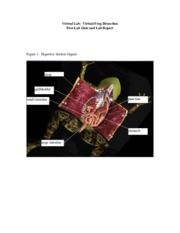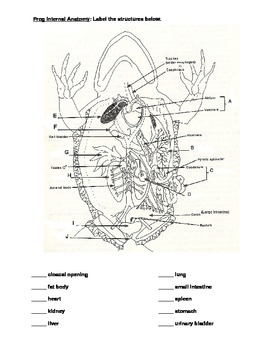
To balance an equation, what goes in must come out. In each scenario, colored spheres represent atoms of different elements. In the Balancing Chemical Equations sim, students are tasked with balancing three different chemical equations In the Balancing Chemical Equations sim, students are tasked with balancing three different chemical equations representing the formation of ammonia, the combustion of methane, and the decomposition of water. I have used pHET simulations in my chemistry classes, because they help students understand abstract concepts. It is a gold mine of fun, game-like simulations in math and science and is suitable for multiple ages. This is why virtual labs and simulations are so fantastic for learning chemistry. Chemistry Virtual Labs and Simulationsīecause chemistry deals with interactions that happen at the atomic level, it can be hard for students to visualize what is taking place. It’s a really cool interactive experience and I anticipate that it will help students make multiple connections between gross anatomy and cellular processes. Then they take up a carbon dioxide molecule (waste from cellular respiration) and direct its journey back through the veins to the heart, back to the lungs, and back out the trachea. Students then drag the oxygen molecule into the cell’s mitochondria and watch as it is used to produce ATP. In it, you control the path of an oxygen molecule as it makes its way through the respiratory system: through the trachea, into the lungs, through the walls of the aveoli and into the bloodstream, through the heart and to the body cells. In the Respiratory Journey Simulation, students travel through all the parts of the respiratory system: first as a molecule of oxygen, and then as a molecule of carbon dioxide.Ī simulation I plan to use in my Anatomy and Physiology class is called Respiratory Journey. While completing the Bacterial Identification Lab, the student is guided through the process of using PCR to identify unknown bacteria isolated from a petri dish. In addition to some fantastic videos, lesson plans, and other activities, Biointeractive has some nice virtual labs for biology. This is by far one of my favorite resources for virtual labs! They have an option to try out the labs in demo mode before purchasing. As they analyze the fruit fly progeny of their crosses, they become familiar with Punnett Squares, dominant and recessive gene alleles, and sex-linked traits. Students explore genetic crosses as they virtually breed fruit flies.

In the Animacules lab, students can view a variety of cells through a virtual microscope. In addition to the virtual dissections, this site has other virtual labs. For example, when performing the virtual frog dissection, the student is able to watch video clips of intestinal peristalsis, the heart pumping, and the lungs inflating. In addition, students can choose to watch a video clip relating to that particular organ. As they use the virtual tweezers to remove organs, an explanation of each organ is provided. Many dissections are available: fish (lamprey, shark, and perch), cat, fetal pig, earthworm, frog, and invertebrates (squid, starfish, and crayfish).įor each dissection, students can examine both the external and internal anatomy. On this site you will find top-notch virtual animal dissections.

While this is one resource that isn’t free, it’s well worth the very reasonable price tag. I first found this gem of a site when I was looking for alternatives to animal dissections last year. Here are my favorite virtual labs and simulations for learning and exploring biology when hands-on options aren’t available. To make it easier to find the type of lab you’re looking for, I’ve grouped the virtual labs by topic (biology, chemistry, and physics/physical science). Whenever I find a new virtual lab or simulation, I will add it to the list. Instead, I’ve only included the resources that I’ve used with my students (or plan to) and feel are top-notch.

This is not an exhaustive list: there are virtual labs I purposely left off. In this post, I’m sharing my favorite virtual labs and simulations for high school science. The best part: many of these virtual labs and simulations don’t cost a thing! Some may require you to create an account to use them, but it’s a small price to pay for the benefit they bring. There are some AMAZING virtual labs and simulations available that give your students the feel of doing the real thing.

If your high school student is learning from home, there are things they just won’t have access to (chemical fume hoods, incubators, centrifuges, gas bunsen burners, etc). While performing science experiments is an excellent way to bring science concepts to life, it’s not always feasible. Watching my son dissect a preserved frog during Biology


 0 kommentar(er)
0 kommentar(er)
